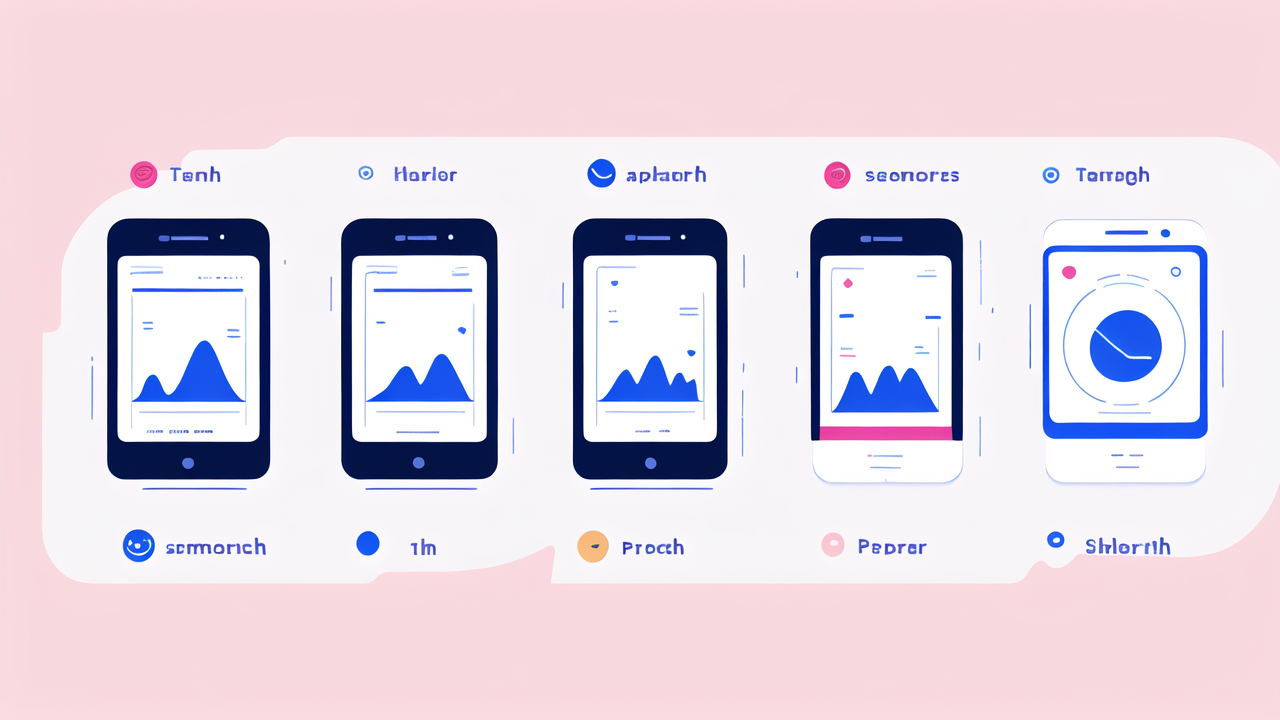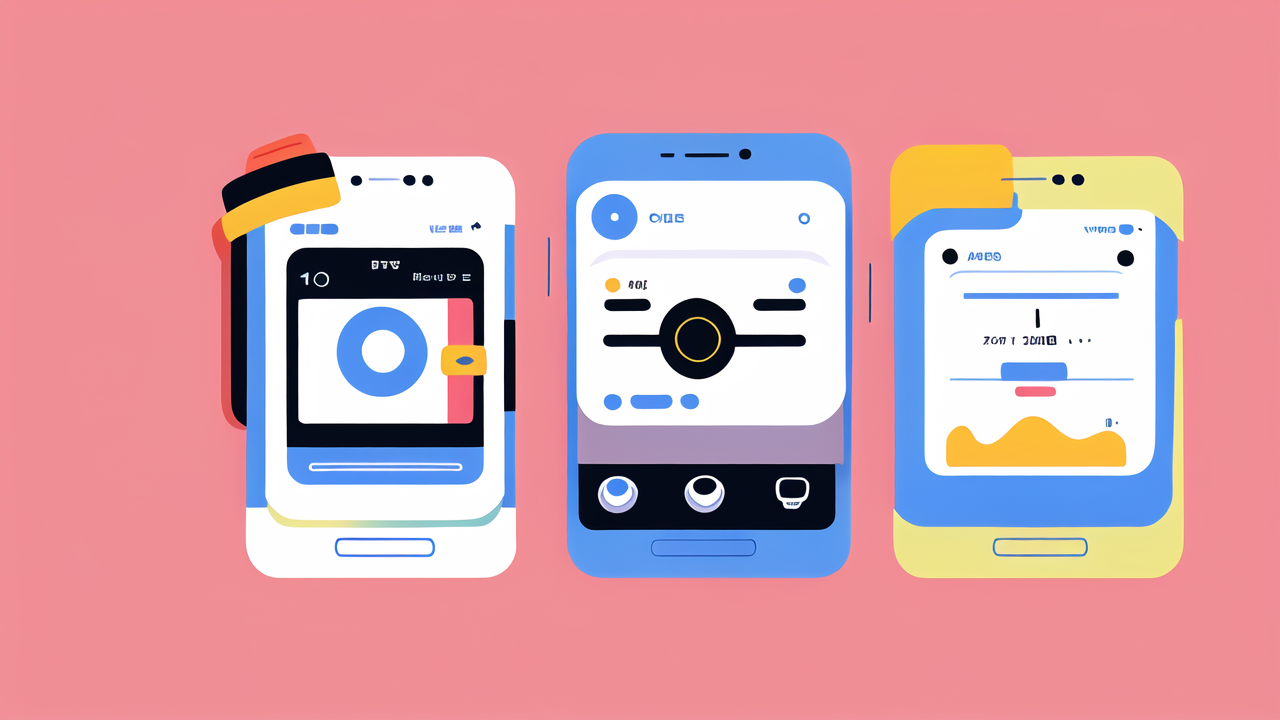The Rise of Wearable Technology in the United States
Historical Overview of Wearable Tech Devices
Wearable tech has come a long way since its early days. It all started with simple pedometers in the 1960s. These devices counted steps and helped people track their daily activity. As technology advanced, so did wearables. The 1970s saw the birth of digital watches. They were a big leap forward in portable tech. By the 1980s, we had primitive heart rate monitors. These were bulky and not very accurate. But they paved the way for future fitness trackers. The 1990s brought us the first GPS watches. They were game-changers for runners and hikers. The 2000s saw the rise of Bluetooth headsets. These were the first truly 'wearable' tech devices for many people.

The Fitness Wearable Boom: A Market Perspective
The fitness wearable market exploded in the early 2010s. Brands like Fitbit and Jawbone led the charge. They made tracking steps, calories, and sleep easy and fun. These devices were affordable and user-friendly. They appealed to both fitness enthusiasts and casual users. The market grew rapidly. In 2014, over 28 million fitness trackers were sold worldwide. By 2018, that number had more than doubled. The success of these devices caught the attention of tech giants. Apple, Google, and Samsung all entered the market. This increased competition and drove innovation. It also helped to mainstream wearable technology.
Consumer Adoption and Wearable Technology Trends
Consumer adoption of wearable tech has been steady and strong. In 2014, only 9% of US adults owned a fitness tracker. By 2020, that number had risen to 21%. Smart watches have seen even faster growth. In 2014, just 3% of US adults owned one. By 2020, that number had jumped to 22%. The trend isn't just about numbers. It's also about how people use these devices. Early adopters used them mainly for fitness. Now, people use them for a wide range of tasks. These include:
- Checking messages and emails
- Making payments
- Monitoring health metrics
- Controlling smart home devices
- Listening to music
As wearables become more advanced, their uses continue to expand.
Technological Advancements in Wearable Devices
Innovations in Wearable Fitness Technology
Wearable fitness tech has come a long way from simple step counters. Today's devices are packed with advanced sensors. These can track heart rate, blood oxygen levels, and even ECG readings. Many devices now offer GPS tracking. This allows for accurate distance and route mapping for outdoor activities. Sleep tracking has also become more sophisticated. Devices can now monitor sleep stages and offer insights for better rest. Some wearables can even detect falls and alert emergency services. Water resistance is now standard in most fitness wearables. This allows for swim tracking and all-day wear. Battery life has also improved greatly. Many devices can now last a week or more on a single charge.

The Integration of AI and Machine Learning
AI and machine learning are revolutionizing wearable tech. These technologies allow devices to learn from user data. This leads to more personalized insights and recommendations. For example, a smart watch might learn your exercise habits. It can then suggest workouts based on your goals and past performance. AI can also help detect health issues early. Some devices can spot irregular heart rhythms or signs of sleep apnea. Machine learning algorithms can predict things like stress levels or energy dips. This allows users to make proactive health decisions. AI assistants like Siri and Google Assistant are now built into many wearables. This makes it easy to set reminders, send messages, or get information hands-free.
Emergence of the Smart Smart Watch: Combining Features
Smart watches have evolved into true all-in-one devices. They combine the best features of fitness trackers with smartphone capabilities. Modern smart watches offer:
- Fitness tracking
- Heart rate monitoring
- GPS navigation
- Mobile payments
- Music playback
- Cellular connectivity
- Third-party app support
This convergence has made smart watches incredibly versatile. They can replace multiple devices for many users. The latest models even offer features like blood oxygen monitoring and ECG. These were once only found in medical devices. Smart watches are also becoming more stylish. Many now offer customizable faces and interchangeable bands. This allows users to match their watch to their outfit or mood.
Regulatory Impact and Market Dynamics
Government Regulations Affecting Wearable Tech
As wearable tech becomes more advanced, it faces increased regulatory scrutiny. This is especially true for devices that claim health benefits. In the US, the FDA has created guidelines for mobile medical applications. These rules affect wearables that diagnose or treat medical conditions. For example, Apple had to get FDA clearance for its ECG feature. Privacy is another major regulatory concern. Laws like GDPR in Europe and CCPA in California affect how companies handle user data. These laws require companies to be transparent about data collection and use. They also give users more control over their personal information. Some countries have specific rules for wearables in certain settings. For instance, some schools ban smart watches during exams to prevent cheating.

The Role of Wearable Technology in Healthcare
Wearable tech is playing an increasingly important role in healthcare. Many doctors now use data from patients' wearables to inform treatment. This can provide a more complete picture of a patient's health over time. Some insurance companies offer incentives for using fitness trackers. This encourages healthier lifestyles and can lower healthcare costs. Wearables are also being used in clinical trials. They can provide more frequent and accurate data than traditional methods. In elder care, wearables can monitor vital signs and detect falls. This allows for quicker responses to emergencies. During the COVID-19 pandemic, some wearables were used to detect early signs of infection. This shows the potential for wearables in public health efforts.
Future Prospects: What's Next for Wearable Tech Industry
The future of wearable tech looks bright and exciting. We can expect to see even more advanced health monitoring features. Things like continuous glucose monitoring and blood pressure tracking are on the horizon. Augmented reality (AR) is likely to play a bigger role in wearables. AR glasses could provide real-time information overlaid on the world around us. Flexible and stretchable electronics may lead to new form factors. Imagine a smart patch that adheres to your skin. Or a ring that can monitor your vitals. Battery technology is also improving. This could lead to longer-lasting devices or even self-charging wearables. As 5G networks become more widespread, wearables will become even more connected. This could enable new features and faster data processing. The line between wearables and medical devices may continue to blur. This could revolutionize how we monitor and manage our health.




Leave a comment
This site is protected by hCaptcha and the hCaptcha Privacy Policy and Terms of Service apply.